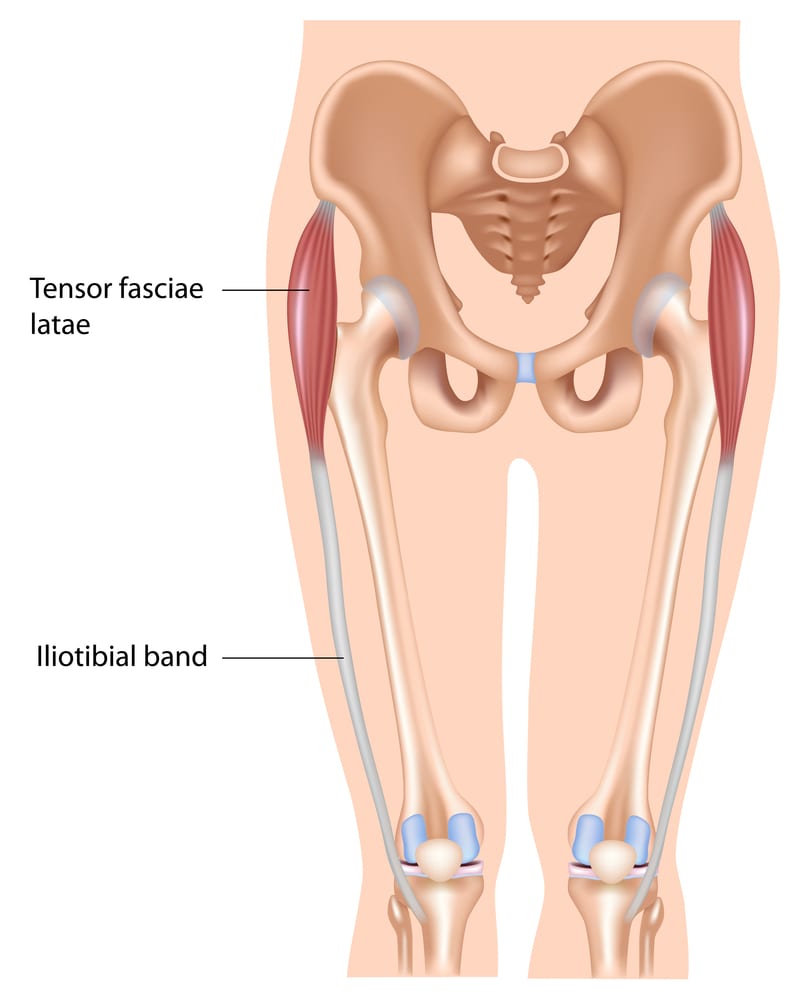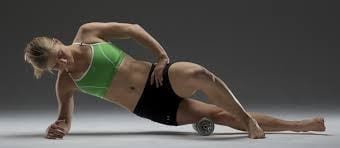Iliotibial band (ITB) friction syndrome typically causes pain at the outer aspect of the knee where the ITB crosses the knee joint. The ITB is a long band of tissue that runs down the outer side of the leg and attaches below the knee. ITB friction syndrome describes a condition where the band rubs against a bony part of the outer aspect of the knee and causes inflammation & pain. This condition is commonly seen in runners.

What are the symptoms of ITB friction syndrome?
Pain is usually experienced at the outer aspect of the knee. You can usually experience an ache that may increase to a sharper pain with activity. The outer part of the knee may be tender to touch with potential swelling. In the morning or following activity (once the body has cooled down) is generally when pain is at its worst. Pain can also be experienced during activities that involve bending or straightening the knee particularly whilst weight bearing, for example running, squatting or jumping.
How can physiotherapy help?

